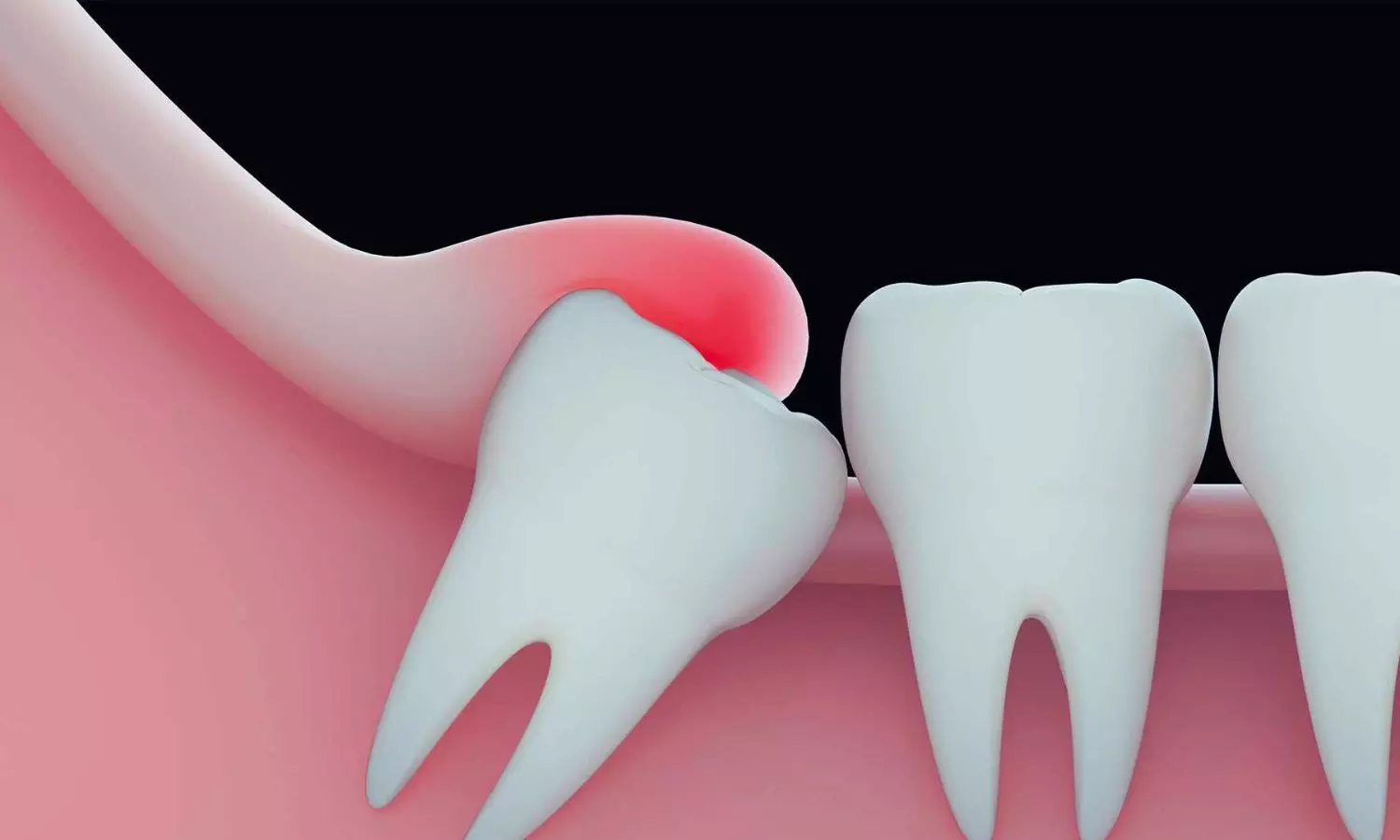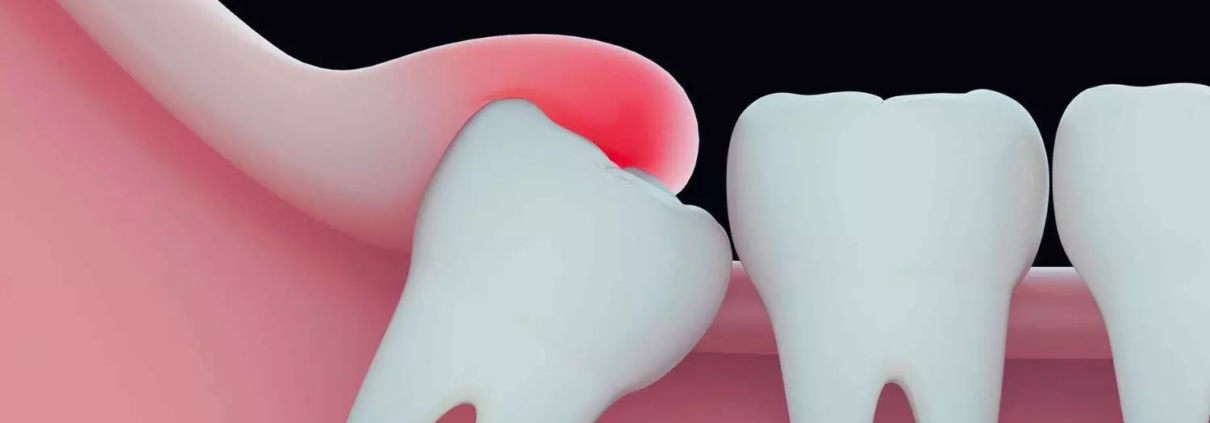Study Finds Immediate GTR Superior for d-M2 Infrabony Defects Post Third Molar Extraction

China: In a recent retrospective study, the researchers delved into the critical timing of guided tissue regeneration (GTR) following third molar extraction.
The study, published in BMC Oral Health, found that immediate and delayed guided tissue regeneration treatments demonstrated efficacy for managing infrabony defects at the distal aspect of the second molar (d-M2) following third molar extraction.
Immediate GTR performed concurrently with third molar extraction, and delayed GTR, administered three months later, led to a significant reduction in defect depth, the researchers reported. Immediate GTR potentially provides an additional advantage by minimizing the necessity for a second surgery.
Infrabony defects commonly affect the distal aspect of the second molar (d-M2) following extraction of the adjacent third molar. Guided tissue regeneration (GTR) is a recognized treatment option for addressing these defects post-third molar removal. However, the optimal timing of GTR administration after third molar extraction remains a pivotal consideration in clinical decision-making.
Against the above background, Ying Xuan, Department of Periodontology, Hangzhou Stomatology Hospital, Hangzhou, Zhejiang Province, China, and colleagues aimed to compare delayed and immediate GTR treatments to assist clinical decision-making.
For this purpose, the research team collected D-M2 infrabony defects with a minimum 1-year follow-up. The participants were divided into three groups: the Immediate GTR group, where GTR was performed concurrently with third molar extraction; the Delayed GTR group, where GTR was delayed by at least three months after third molar extraction; and the Control group, which received only scaling and root planing during third molar extraction.
They also evaluated radiographic and clinical parameters related to the infrabony defect before GTR and post-surgery using the Kruskal-Wallis test or one-way ANOVA, followed by post-hoc Dunn’s test or the Bonferroni test for pairwise comparisons.
The following were the key findings of the study:
· A total of 109 d-M2 infrabony defects were assessed.
· No significant differences were found between the two GTR groups, although both of them showed significant reductions in infrabony defect depth: the immediate GTR group (2.77 ± 1.97 mm versus 0.68 ± 1.03 mm) and the delayed GTR group (2.98 ± 1.08 mm versus 0.68 ± 1.03 mm) compared to the control group.
“Guided tissue regeneration has shown effective improvement in infrabony defects at the distal aspect of the second molar (d-M2) following third molar removal, whether performed simultaneously or delayed. Immediate GTR treatment may offer patients reduced discomfort since it requires only one surgical procedure,” the researchers wrote.
“The outcomes of GTR in infrabony defects at the distal aspect of the second molar may be affected by factors such as the morphology of the defects, the specific location of the second molar (M2), and the initial depth of the defects,” they concluded.
Reference:
Tang, SM., Liu, DX., Xiong, ZY. et al. Comparison of immediate vs. delayed guided tissue regeneration in Infrabony defect of second molars after adjacent third molar extraction: a retrospective study. BMC Oral Health 24, 830 (2024). https://doi.org/10.1186/s12903-024-04591-1



